EDIT: These problems appear to be fixed as of iOS 7.1 / Xcode 5.1.1. (Possibly earlier, as I haven't been able to test all versions. Definitely after iOS 7.0, since I tested that one.) When you create a popover segue from a UIBarButtonItem, the segue makes sure that tapping the popover again hides the popover rather than showing a duplicate. It works right for the new UIPresentationController-based popover segues that Xcode 6 creates for iOS 8, too.
Since my solution may be of historical interest to those still supporting earlier iOS versions, I've left it below.
If you store a reference to the segue's popover controller, dismissing it before setting it to a new value on repeat invocations of prepareForSegue:sender:, all you avoid is the problem of getting multiple stacking popovers on repeated presses of the button -- you still can't use the button to dismiss the popover as the HIG recommends (and as seen in Apple's apps, etc.)
You can take advantage of ARC zeroing weak references for a simple solution, though:
1: Segue from the button
As of iOS 5, you couldn't make this work with a segue from a UIBarButtonItem, but you can on iOS 6 and later. (On iOS 5, you'd have to segue from the view controller itself, then have the button's action call performSegueWithIdentifier: after checking for the popover.)
2: Use a reference to the popover in -shouldPerformSegue...
@interface ViewController
@property (weak) UIPopoverController *myPopover;
@end
@implementation ViewController
- (void)prepareForSegue:(UIStoryboardSegue *)segue sender:(id)sender {
// if you have multiple segues, check segue.identifier
self.myPopover = [(UIStoryboardPopoverSegue *)segue popoverController];
}
- (BOOL)shouldPerformSegueWithIdentifier:(NSString *)identifier sender:(id)sender {
if (self.myPopover) {
[self.myPopover dismissPopoverAnimated:YES];
return NO;
} else {
return YES;
}
}
@end
3: There's no step three!
The nice thing about using a zeroing weak reference here is that once the popover controller is dismissed -- whether programmatically in shouldPerformSegueWithIdentifier:, or automatically by the user tapping somewhere else outside the popover -- the ivar goes to nil again, so we're back to our initial state.
Without zeroing weak references, we'd have to also:
- set
myPopover = nil when dismissing it in shouldPerformSegueWithIdentifier:, and
- set ourself as the popover controller's delegate in order to catch
popoverControllerDidDismissPopover: and also set myPopover = nil there (so we catch when the popover is automatically dismissed).

